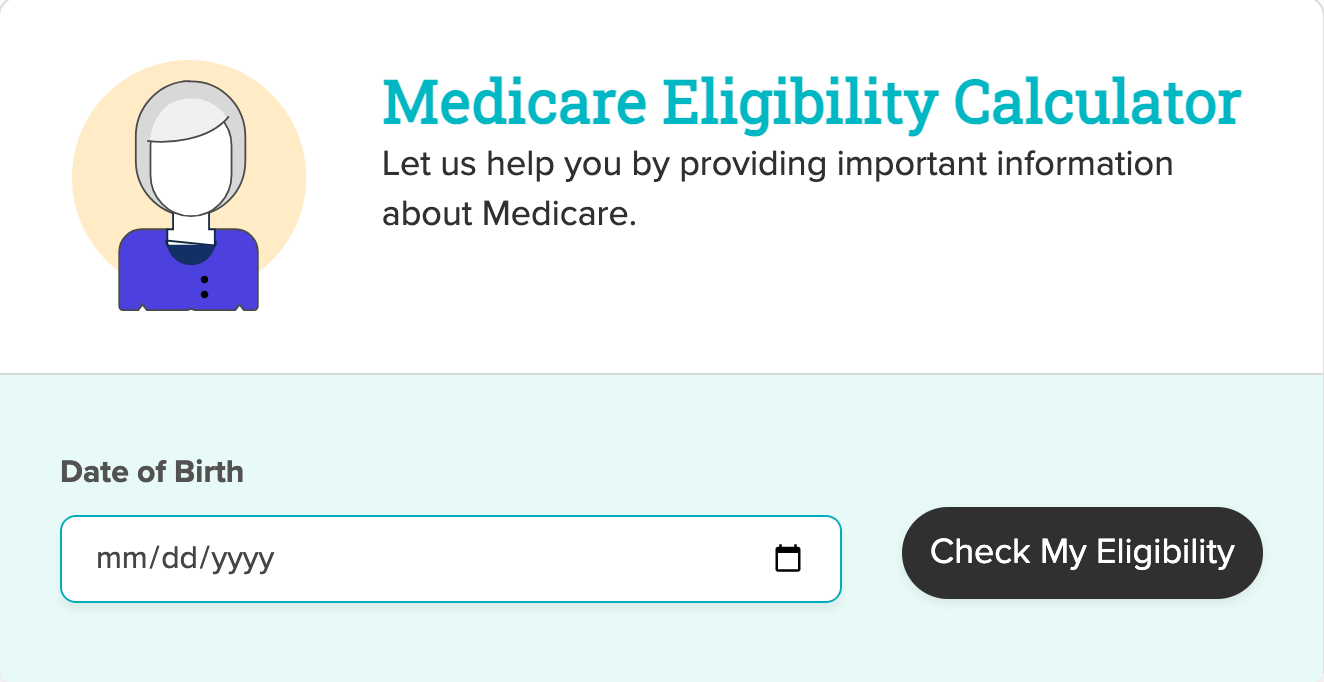Most seniors are enrolled in what’s known as Original Medicare, which includes Medicare Part A (hospital insurance) and Part B (medical insurance). Original Medicare allows you to go to any doctor or hospital in the U.S. that takes Medicare, but it often comes with high out-of-pocket costs and it won’t cover your medications.
To help counter that, many people decide to supplement Original Medicare by adding one or more additions, expanding their coverage to help pay for these costs. Others choose to go an entirely different route and enroll in a Medicare Advantage plan. Also called Medicare Part C, this plan replaces Medicare Part A and Part B but offers all the services included in both and functions much like private health insurance you might receive through an employer.
As you near retirement, it’s important to understand the pros and cons of both Original Medicare and Medicare Advantage so that when it’s time to enroll, you can make the best decision for your unique situation. People choose coverage based on a variety of factors, including their financial situation, doctor preference and their general health and well-being.
What is Original Medicare?
Original Medicare is made up of Part A and Part B, which complement each other.
What is Medicare Part A?
Medicare Part A is hospital insurance, which means that it will cover your stay and care in most hospitals (general hospitals, acute-care or critical-access hospitals, rehabilitation facilities, and psychiatric hospitals), skilled nursing facilities (subject to certain criteria), hospice care in the home as well as home health care not related to hospice.1
Hospital coverage includes costs such as semi-private rooms, medications administered during your stay, general nursing care, meals and other hospital services or supplies that are medically necessary for your care. Doctor services are not included, but are billed under Part B. Part A covers the stay only if the beneficiary is admitted as an inpatient. Otherwise, the patient might be there under observation as an outpatient, which would be billed under Part B.
Medicare Part A also covers short-term health services in your home, like physical therapy, occupational therapy, speech therapy and intermittent skilled nursing care.2
Part A doesn’t cover eye exams related to prescribing glasses, most dental care, dentures, cosmetic surgery, acupuncture or hearing aids and related exams.
What You Need to Know
Anyone with Original Medicare can typically see any doctor in the U.S. Medicare Advantage enrollees may be limited to seeing doctors in their plan’s network.
Original Medicare without any supplemental coverage can be costly because there is no cap for cost-sharing or no limit on out-of-pocket expenses. Medicare Advantage has an out-of-pocket maximum of $6,700.
Original Medicare coverage is limited to the U.S. Many Medicare Advantage plans offer emergency care when you travel abroad.and urgently needed services when you travel internationally.
What is Medicare Part B?
Medicare Part B is medical insurance. It applies when you see your doctor and get preventive or outpatient care.
Part B covers a variety of services, including:
- doctor’s visits (including wellness visits and vaccines)
- preventive care
- medical equipment
- lab tests like x-rays and bloodwork
- same-day surgery
- acupuncture
- counseling and therapy sessions
- medical equipment that comes with a doctor’s prescription
- ambulance services for medical emergencies
Under Part B, you don’t have to choose just one primary care physician and you can generally see a specialist without a referral as long as the specialist participates in Medicare.
Part B does not cover hearing aids, most dental care, glasses or related eye exams or services like cosmetic surgeries.
How Do You Handle High Out-of-Pocket Costs?
Since Medicare Part A and Part B don’t cover most outpatient prescription drugs and come with what can be high out-of-pocket costs, many people choose to supplement Original Medicare. It’s optional, but it can help control your healthcare expenses.
Some choose to supplement with Medicare Part D, which covers outpatient prescription drugs, and Medicare Supplement Insurance (Medigap policy), which helps enrollees pay out-of-pocket costs (meaning copayments, coinsurance and deductibles), and still others add both. Medigap policies are sold by private health insurance companies, which are regulated by state governments.
What is Medicare Advantage (Part C)?
Medicare Advantage, or Part C, is an alternative to Original Medicare that may offer additional services. Think of it as an “all-in-one” option. Many Medicare Advantage plans include Part D benefits, covering outpatient prescription drugs. More seniors than ever are turning to it; approximately 31% of Medicare beneficiaries are enrolled in Medicare Advantage, according to the Kaiser Family Foundation.3
Medicare Advantage is sold and administered by private insurance companies, though its rules are set by the federal government. It replaces Part A and B coverage but still offers all the services you’d get from Medicare Parts A and B.
Some Part C plans include benefits Original Medicare does not, such as vision, hearing and dental. Most private insurers offer Part C plans and have their own premiums, deductibles, copayments and physician network.
All-In-One Plans
Medicare Advantage plans bundle a variety of services into one plan with all your care and billing consolidated.
What Are the Costs of Medicare Advantage?
Unlike Original Medicare, Medicare Advantage plans do have an annual out-of-pocket maximum of $6,700, which sets a ceiling on your out-of-pocket costs, such as copayments. For instance, if the copayments and deductibles you have paid for Part A- and Part B-covered services reach $6,700 for the year, the Medicare Advantage plan will cover services at 100% for the remainder of the year. Many plans have an out-of-pocket max lower than $6,700.
What Are the Most Common Types of Medicare Advantage Plans?
Health Maintenance Organizations (HMOs)
In this closed provider network you’d choose a primary care doctor to oversee all of your medical care. If you want to see a specialist, you need a referral from your primary care doctor. Most HMOs include prescription drug coverage.
Preferred Provider Organizations (PPOs)
Enrollees can generally use any provider that accepts Medicare, but costs are less if you see a doctor who’s in-network. You don’t have to choose a primary care doctor and you won’t need a referral for a specialist. Most PPOs include prescription drug coverage.
What Else Does Medicare Advantage Cover?
It depends on the exact plan you choose but, in addition to what’s covered by Medicare Part A and Part B, many Medicare Advantage may also include:
- International travel health insurance for emergencies and urgently needed care
- Prescription drugs
- Gym membership discounts
- A 24-hour nurse hotline
How Do Original Medicare (Part A & Part B) and Medicare Advantage (Part C) Compare?
Original Medicare and Medicare Advantage each have their pros and cons. Which plan you enroll in will depend on your particular financial and medical situation and other preferences. Some people find Medicare Advantage to be more convenient because you can bundle a variety of services into one plan with all your care and billing consolidated. These plans are also probably close to what you’re used to if you had health insurance through your employer.
Key Differences Between the Two Plans
How Do They Differ on Providers?
Seniors who have Original Medicare can typically see any doctor or get care in any hospital in the U.S. that takes Medicare. With Medicare Advantage, enrollees may be limited to seeing doctors and other healthcare providers in their plan’s network, if the plan is an HMO. You could find that a doctor you’ve seen for years isn’t in your Medicare Advantage network.
How Do They Differ on Service Area?
Original Medicare coverage is limited to the U.S. Many Medicare Advantage plans do cover emergency care and urgently needed services when you travel internationally. If your Medigap policy has the “Foreign Travel Emergency” benefit, it’s limited to emergencies and has a deductible as well as a coverage limit.
How Do They Differ on Travel?
If you live in more than one place, for example, you live in New York part of the year and Florida part of the year, Medicare Advantage’s more restrictive networks could be a problem since a provider you need to see while away from home may not be part of your network. Seniors with a busy travel schedule may be better off opting for Original Medicare and adding a Medigap policy to keep out-of-pocket costs low.
How Do They Differ on Cost?
Having Medicare Part A and Part B without any supplemental coverage can be costly because there is no cap for cost-sharing or no limit on out-of-pocket expenses.
If you don’t need much medical care and don’t have many prescriptions, you might find Original Medicare to be cost-efficient. Original Medicare has copayments for Part A services and a 20% coinsurance for most Part B services. While a Medicare beneficiary has the option to enroll solely in Original Medicare, they should be informed about the penalty if they don’t enroll in a Part D plan when eligible, and then decide much later to enroll in a Part D plan.
With Medicare Advantage, enrollees pay copayments, though annual out-of-pocket costs are capped at $6,700. That can be helpful for those with complicated conditions who get regular, expensive medical care. Premiums for Medicare Advantage plans range from $0 to more than $100. Plans with no or low premium can have higher copayments and/or deductibles than plans with higher premiums.
How Do They Differ on Referrals?
With Original Medicare, enrollees can see a specialist without a referral. Some Medicare Advantage plans, mostly HMOs, often do require a referral before you can see a specialist.
How Do They Differ on Benefits?
Both Original Medicare and Medicare Advantage must cover the Medicare benefits outlined under Plan A and Plan B. Advantage plans can offer additional covered benefits, like dental care and vision.
How Do They Differ on Prescription Drug Coverage?
While Original Medicare’s Parts A and B do not cover outpatient prescription drugs, many seniors who elect this option add a Plan D supplement for prescription drugs. Most Medicare Advantage plans will cover drugs prescribed by your doctor.
What Are Other Factors to Consider Between the Two Plans?
If you have end-stage renal disease, which is kidney failure, you are not eligible to enroll in a Medicare Advantage plan, but there are a few exceptions. That changes in 2021 when Medicare Advantage plans will become available to beneficiaries with end-state renal disease.
In general, you cannot have both Medicare Advantage and Medigap because they don’t work together.
Next Steps
As you consider the advantages and disadvantages of Original Medicare and Medicare Advantage, take the time to do a thorough assessment of your healthcare needs and financial situation. Know, though, that if you change your mind, you’re not locked in forever. You can switch from Medicare Advantage to Original Medicare during certain times of the year, including during open enrollment.


